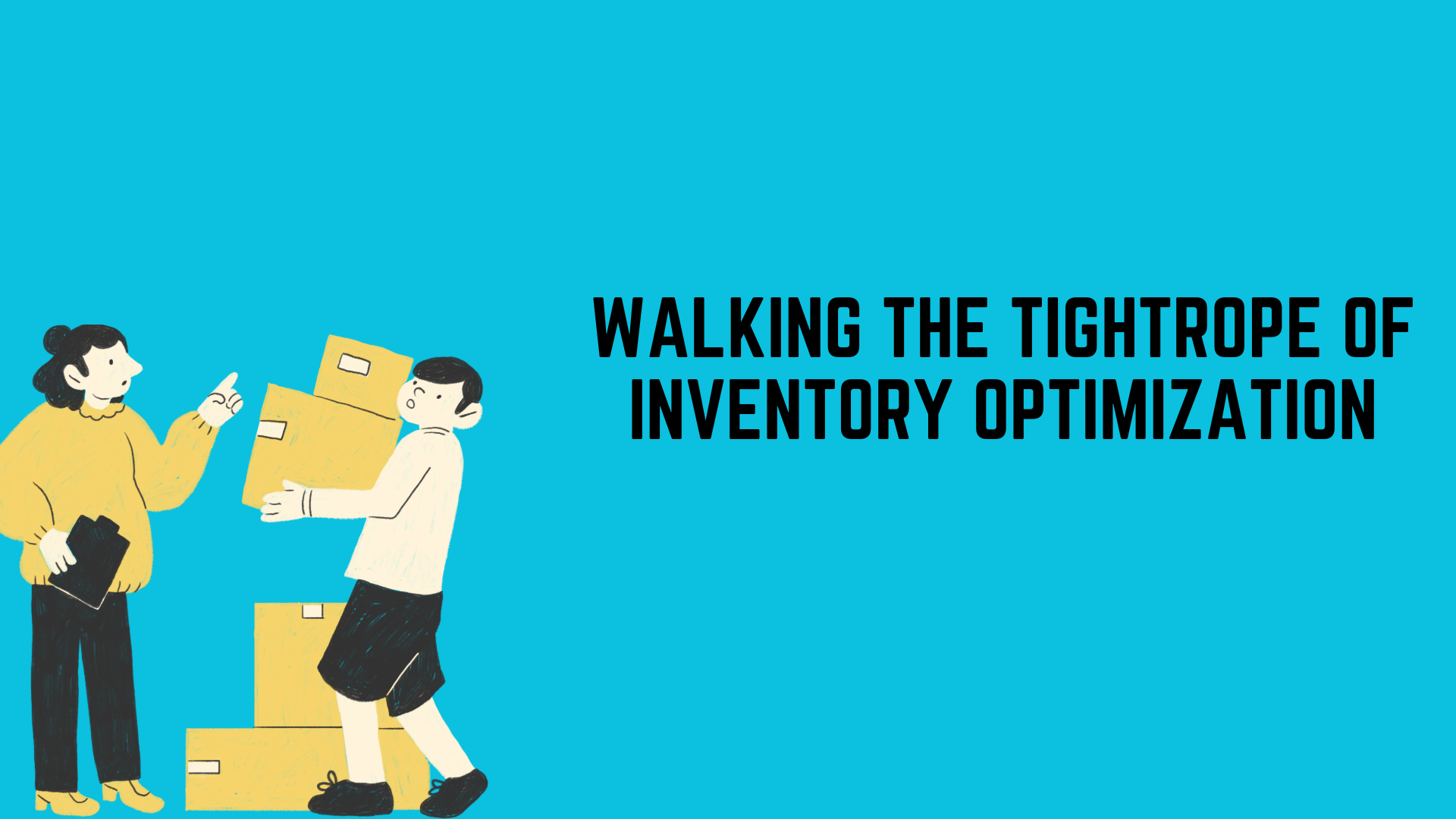In the dynamic landscape of business, where efficiency and profitability reign supreme, inventory optimization stands as a pivotal strategy. Like a skilled tightrope walker, businesses must delicately balance between excess and shortage, ensuring that they have just the right amount of inventory to meet customer demand without incurring unnecessary costs. This balancing act requires finesse, data-driven decision-making, and a keen understanding of market trends. Let’s explore the intricacies of walking this tightrope of inventory optimization.
The Perils of Excess Inventory
Imagine a tightrope walker burdened with too much weight on one end of their balancing pole – they’re likely to topple over. Similarly, excessive inventory can burden a business, leading to a myriad of problems:
Costs Accumulation: Excess inventory ties up capital that could be invested elsewhere, leading to increased holding costs, storage fees, and depreciation.
Obsolescence: Products sitting too long in warehouses risk becoming obsolete, resulting in markdowns or even write-offs, further eroding profitability.
Opportunity Cost: Capital invested in excess inventory could be deployed for innovation, expansion, or other growth initiatives, missed when tied up in surplus stock.
Reduced Agility: A surplus of inventory can hinder a company’s ability to adapt to market shifts or introduce new products swiftly, potentially losing out to more agile competitors.
The Dangers of Understocking
On the other hand, an insufficient inventory can be equally perilous, akin to a tightrope walker attempting to traverse without enough counterbalance:
Lost Sales: Out-of-stock situations lead to disappointed customers, who may turn to competitors, causing immediate revenue loss and potential long-term damage to brand loyalty.
Rushed Decisions: Understocking can lead to panicked rush orders or expedited shipping, increasing costs and eroding margins.
Inefficient Operations: Constantly firefighting stock shortages can strain operational efficiency, diverting attention from strategic initiatives.
Supplier Relations: Chronic understocking may strain relationships with suppliers, leading to higher costs or unreliable fulfillment.
Strategies for Success
Walking the tightrope of inventory optimization requires a comprehensive approach, blending proactive planning with reactive adjustments. Here are some strategies to help maintain balance:
Demand Forecasting: Utilize historical data, market trends, and predictive analytics to forecast demand accurately. Regularly update forecasts to reflect changing conditions.
Lean Inventory Practices: Embrace lean principles to streamline inventory management, minimize waste, and reduce excess stock. Implement just-in-time (JIT) or vendor-managed inventory (VMI) systems where appropriate.
Safety Stock: Maintain a buffer of safety stock to cushion against demand variability, supply chain disruptions, or unexpected surges in orders.
Collaborative Partnerships: Foster open communication and collaboration with suppliers, sharing forecasts and insights to optimize inventory levels throughout the supply chain.
Technology Adoption: Leverage advanced inventory management software and automation tools to track stock levels, monitor performance metrics, and streamline replenishment processes.
Continuous Improvement: Regularly evaluate and refine inventory strategies based on performance metrics, customer feedback, and market dynamics. Embrace a culture of continuous improvement to stay agile and responsive.
Conclusion
In the intricate dance of inventory optimization, businesses must navigate a fine line between excess and shortage, constantly adjusting their steps to maintain balance. By leveraging data-driven insights, embracing agile practices, and fostering collaborative partnerships, companies can mitigate risks, seize opportunities, and stay poised for success in today’s competitive landscape. Just like a skilled tightrope walker, mastering the art of inventory optimization is a journey of skill, resilience, and precision – but with the right strategies in place, businesses can confidently walk this tightrope and thrive.









